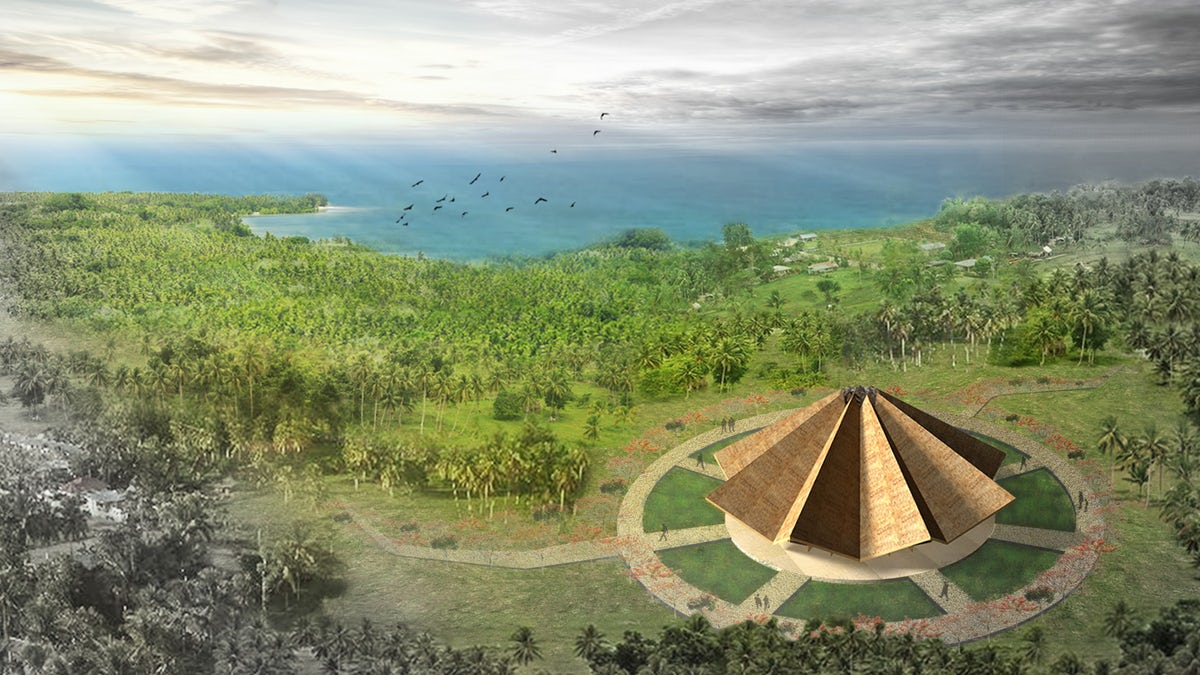
Tanna: Temple in the Heart of the Ocean
 The secular and religious powers of his time bent every energy to silence Baha’u’llah and prevent his teachings reaching humanity. It did not concern Baha’u’llah. He wrote:
The secular and religious powers of his time bent every energy to silence Baha’u’llah and prevent his teachings reaching humanity. It did not concern Baha’u’llah. He wrote:
Should they attempt to conceal His light on the continent, He will assuredly rear His head in the midmost heart of the ocean and, raising His voice, proclaim: ‘I am the lifegiver of the world!’[1]
The Pacific is the greatest ocean of the planet. It is also the place where the highest proportion of Baha’is are found. Places like Nauru, Tonga, Tuvalu, Vanuatu and Papua New Guinea are the most responsive places in the world to the Baha’i Faith.
Tanna, an island of Vanuatu is one of the places where particular characteristics emerged in the community that resulted it in being designated as one of the first places a local Baha’i House of Worship is to be built. In describing some of these characteristics the Universal House of Justice observed that the House of Worship:
weds two essential, inseparable aspects of Bahá’í life: worship and service. … The correlation of worship and service is especially pronounced in those [areas] around the world where Bahá’í communities have significantly grown in size and vitality, and where engagement in social action is apparent. Some of these have been designated as sites for the dissemination of learning [for] the junior youth programme in associated regions.[2]
Following its selection as a site where a House of Worship was to be built – the first local House of Worship in the Pacific – the Baha’i community of Tanna realised that the temple was not only theirs. The Tanna temple was something which would belong to the entire island. Accordingly the local Baha’is, particularly the youth, already experienced in working in programs supporting younger youth and children, reached out to their friends and neighbours and the community as a whole to consult about the meaning of the temple and to draw on the community’s insight for the design of the Temple:
… the friends are actively exploring, with the rest of the island’s inhabitants, what it means for a [House of Worship], a “collective centre for men’s souls”, to be raised up in their midst. With the active support of traditional leaders, Tanna islanders have offered no less than a hundred design ideas for the Temple, demonstrating the extent to which the House of Worship has captured imaginations, and opening up enthralling prospects for the influence it is set to exert on the lives lived beneath its shade.[3]
It is against this background that the design of the Temple was recently announced. Its design reflects the realities and experience of the people of Tanna.
The design is captivating in its simple yet striking form, inspired by the coconut and banyan trees of the island and the natural forms of the landscape. … Double-sided roofs made of reeds and sugar-cane leaves rise to a central point, making the Temple appear as a nine-pointed star. The walls of the House of Worship are designed to be created using stakes and plaited reeds, drawing on local architecture of the region.[4]
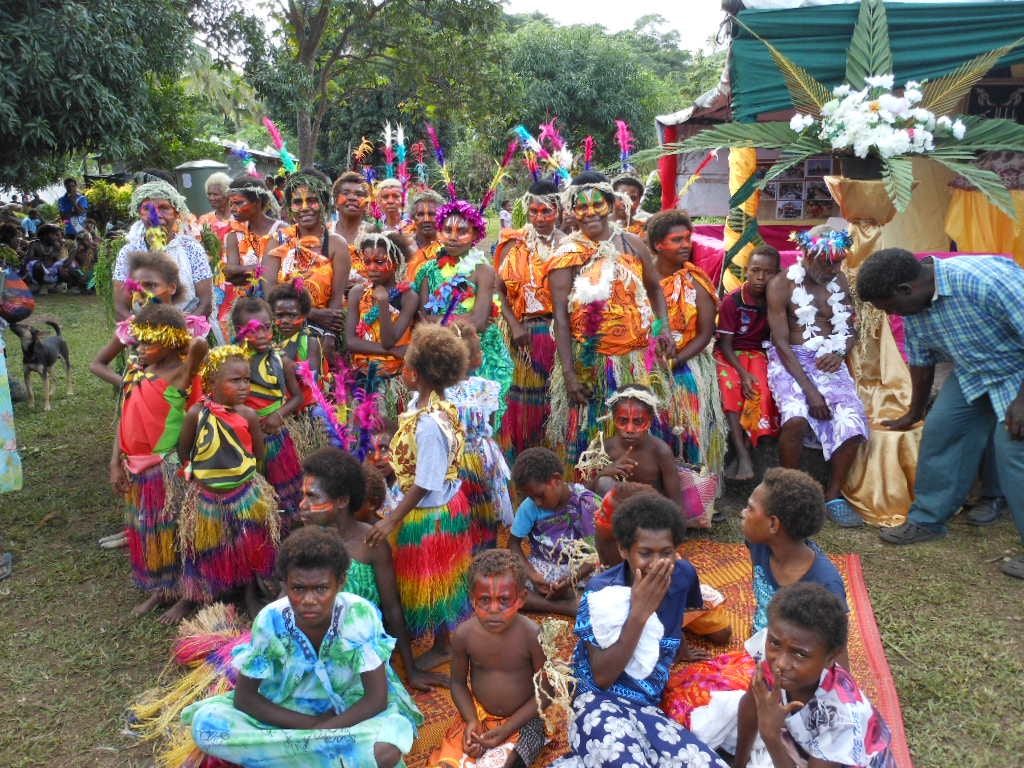
In a sense the erection of the physical structure of the temple is an outward expression of a spiritual reality already found in the community in which the temple is to be built. This spiritual reality was evident in the behaviour of the community after a devastating cyclone tore through the island. It reflected a population that has taken charge of its own “spiritual, social and economic development”. Led by the youth, in consultation with their communities, the local population quickly organised to rebuild its physical infrastructure, replant crops and restore the spiritual education programs which were so critical to progress of the community:
“They concluded that the response to the cyclone could not just be about building structures. The most important thing to the community was to make sure the education of the children and youth would continue.”
…. While the storm was raging across the island, the youth of Namasmetene village, seeing almost all of the houses blown away, helped to carry the children and the elderly to a school where the people of the village took refuge.
“They demonstrated a spirit of selflessness in helping others, ensuring all were safe…
… Reconstruction has stimulated the community to reassess its building practices and learn how to draw more resourcefully from local materials.
… Far from deflecting the community from its course, the cyclone has served to reinforce its commitment to the progress of its people, … And in the aftermath of the storm, amidst all of the work to rebuild, there is a great excitement about the House of Worship soon to be erected for the entire island.[5]
Image Credit: Copyright Bahai International News Service

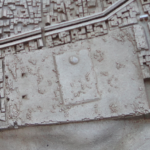


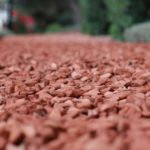
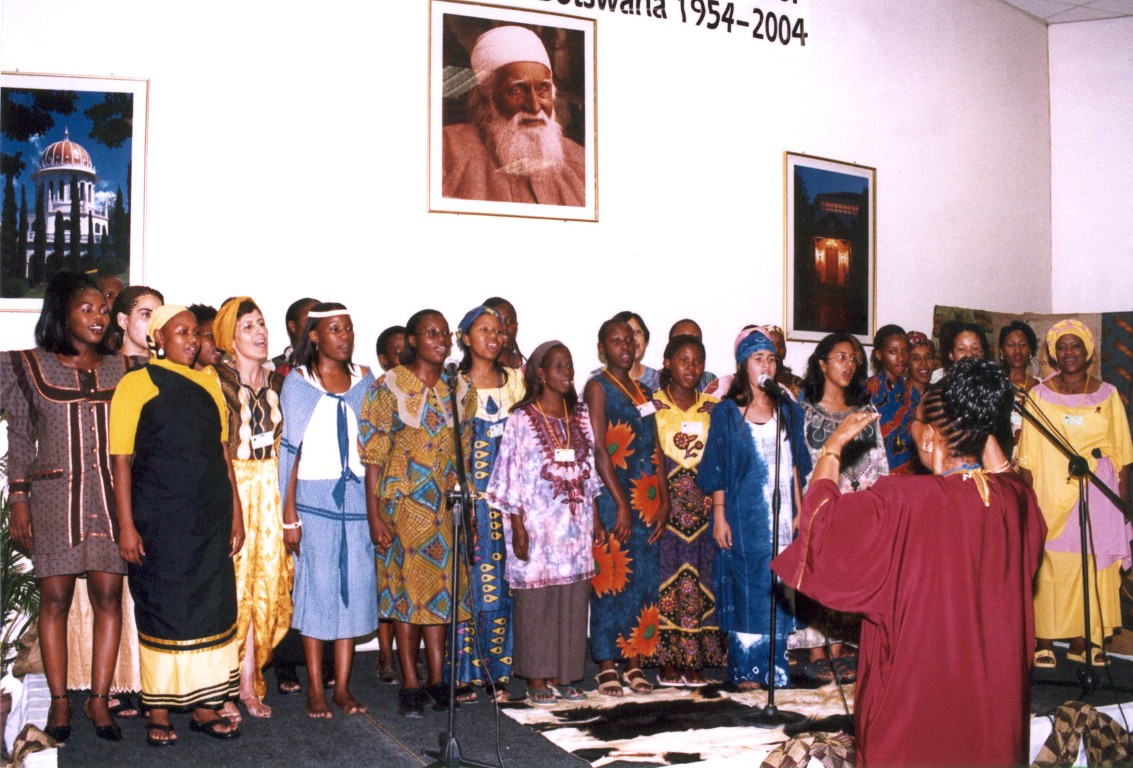
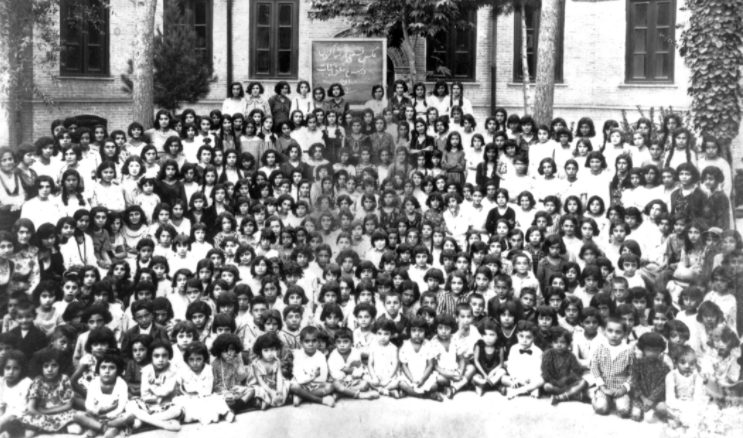
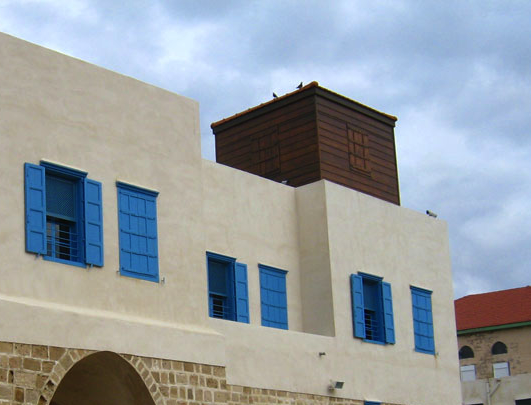
2 Comments
Michael Curtotti
Thanks for the the pick up Liz. All fixed.
Liz Hahn
Typo in the title. Should be Tanna